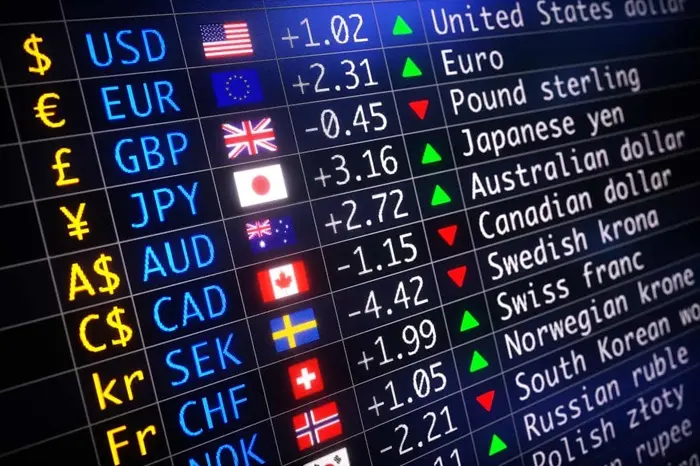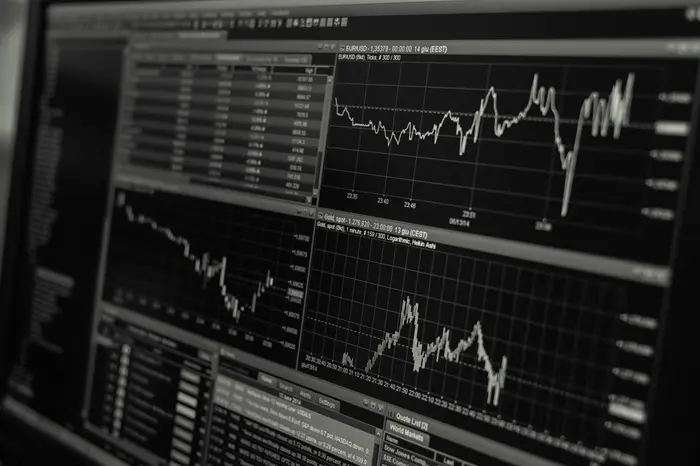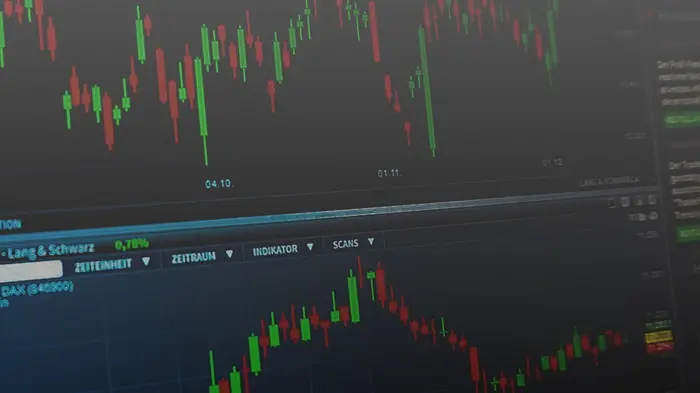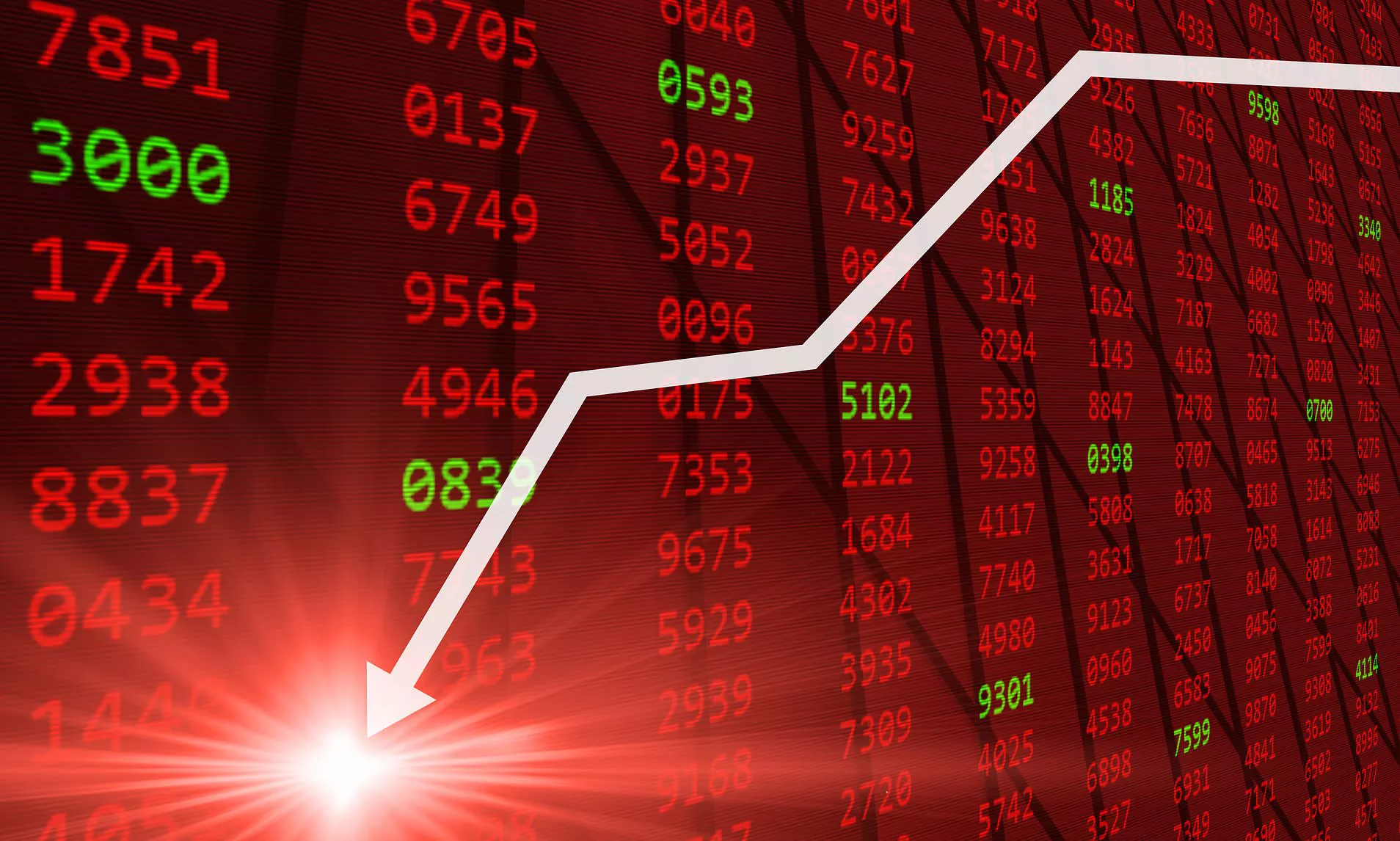In the dynamic world of foreign exchange (Forex), currency fluctuations can happen at any time. However, there are instances when certain currencies experience sudden and significant movements, seemingly out of the blue. One such case occurred when the Australian Dollar (AUD) spiked on a Sunday. This article explores the potential reasons behind this unexpected surge, offering an in-depth analysis of the factors that could have contributed to the AUD’s movement during this period.
Understanding the Basics of the AUD
Before diving into the reasons behind the Sunday spike in the Australian Dollar, it’s important to understand the currency itself. The AUD is the official currency of Australia and one of the most traded currencies in the world. It is considered a commodity currency, meaning its value is often closely linked to the prices of commodities that Australia exports, such as coal, iron ore, and natural gas.
The AUD is also heavily influenced by factors such as global market sentiment, interest rates, commodity price movements, and geopolitical events. Currency movements, particularly in the case of the AUD, can be quite volatile, especially during off-market hours or when global events unfold unexpectedly.
Sunday Trading and Market Behavior
To understand why the Australian Dollar spiked on a Sunday, we need to consider the unique aspects of market behavior on weekends. Forex markets operate 24 hours a day, five days a week, with trading beginning in Asia on Sunday evening (GMT). However, trading volumes on Sunday are generally lower, as many major financial centers around the world are closed, including the United States and Europe.
Due to lower liquidity, market movements on Sundays can sometimes be exaggerated, leading to volatile price swings. This is particularly true for currencies like the AUD, which can be more sensitive to sudden changes in sentiment, economic news, and geopolitical events.
1. Influence of Global Economic Data and Reports
One of the most common catalysts for currency movements is the release of economic data and reports. On Sundays, global economic data may be released, particularly from the Asia-Pacific region, which includes Australia. If a major economic report is released that impacts the outlook for Australia, it could cause a sharp shift in the value of the AUD.
Australia’s Economic Data and Its Impact on the AUD
For instance, the Reserve Bank of Australia (RBA) or other institutions might release economic data, such as inflation figures, GDP growth, or employment reports, which can significantly affect investor sentiment. If, for example, data shows that Australia’s economy is stronger than expected, it can lead to a spike in the AUD, as investors buy the currency in anticipation of stronger future growth.
On the other hand, a negative report can have the opposite effect. However, when data is released after the global market closes on Friday and the Forex market reopens on Sunday, the market may react sharply to digest the new information. This can result in significant movements in the AUD, particularly if the news surprises traders.
2. Geopolitical Events and Market Reactions
Geopolitical events are another critical driver of currency fluctuations, and these can occur at any time of the day or week. The AUD, in particular, can be affected by global political developments, such as changes in trade relations, political instability, or major international agreements.
Australia’s Trade Partners and Their Impact on the AUD
Australia’s main trading partners, such as China, the United States, and Japan, play a crucial role in the Australian Dollar’s strength. For example, if there is positive news regarding trade deals with these nations or a resolution to a political issue, the AUD may spike in response. Similarly, geopolitical tensions or negative news concerning these partners can result in a sharp decline in the value of the AUD.
On a Sunday, when global markets are still adjusting to news over the weekend, any new geopolitical developments can trigger a swift reaction in the Forex market, especially if the event significantly impacts Australia’s trade or political stability. The low trading volumes on Sunday may exacerbate these reactions, leading to a more pronounced spike or drop in the AUD.
3. Commodity Price Movements
Since Australia is a major exporter of commodities, such as iron ore, coal, and natural gas, the prices of these commodities play a significant role in determining the strength of the Australian Dollar. The AUD tends to rise when global commodity prices increase and fall when they decline.
Commodity Market Activity Over the Weekend
Commodity markets often experience price fluctuations even on weekends, particularly if there are developments in the global supply and demand for key materials. On Sundays, when trading resumes, these changes in commodity prices can be factored into the Forex market, causing the AUD to adjust accordingly.
For example, if iron ore prices increase over the weekend due to strong demand from China, this may lead to a spike in the AUD as investors anticipate greater export revenues for Australia. Similarly, if oil or gold prices move sharply, this can also influence the strength of the Australian Dollar.
4. The Role of Central Bank Policies
Central bank policies play a key role in shaping the direction of a country’s currency. The Reserve Bank of Australia (RBA) sets monetary policy for Australia, and any announcements or changes to interest rates, quantitative easing measures, or other policies can lead to significant shifts in the AUD.
RBA Announcements and Their Timing
The RBA typically announces its monetary policy decisions on Tuesdays, but market participants often speculate about upcoming decisions in the days leading up to the meeting. On Sundays, if there is any speculative news or rumors about a shift in policy from the RBA, the Australian Dollar may spike or dip as traders react to the potential for interest rate changes or other policy adjustments.
While central banks do not typically release official statements on Sundays, market sentiment can be influenced by leaks or unofficial news sources. This can create a volatile environment where the AUD experiences sudden spikes in value.
5. Market Sentiment and Risk Appetite
Market sentiment, which refers to the overall mood or risk appetite of investors, can drive significant currency movements. When investors are optimistic about global economic growth or specific markets, they may be more willing to invest in riskier assets, such as the Australian Dollar. Conversely, when investors are risk-averse, they may seek safe-haven assets like the US Dollar or Swiss Franc, leading to a decline in the AUD.
Changes in Global Risk Sentiment
Sundays often mark a time when traders reassess global events and adjust their positions for the upcoming week. If there has been a shift in global risk sentiment over the weekend—such as positive economic news or a reduction in geopolitical tensions—the AUD could see a sharp spike as investors become more willing to take on risk and buy into the Australian Dollar.
6. Low Liquidity and Exaggerated Price Movements
As mentioned earlier, Sundays often experience lower trading volumes due to the closure of major financial markets. Lower liquidity can cause exaggerated price movements in currencies, including the AUD. When fewer traders are active in the market, large buy or sell orders can cause disproportionate movements, especially if there is news or data that impacts market sentiment.
The Impact of Large Orders
When big institutions or hedge funds place large orders at the start of the trading week, they can drive sharp price movements. These moves are often amplified due to the lower liquidity on Sundays, which results in more volatile and pronounced changes in the currency market. Such movements may contribute to a spike in the AUD, as large players adjust their positions based on new information or expectations for the upcoming week.
Conclusion
The spike in the Australian Dollar on a Sunday can be attributed to a combination of factors, including the release of economic data, geopolitical events, commodity price movements, central bank policy speculation, and changes in global market sentiment. While these factors can influence the AUD throughout the week, the unique nature of Sunday trading—characterized by lower liquidity and more reactive market behavior—can exacerbate these movements.
Understanding the dynamics that drive currency movements, especially on Sundays, is crucial for traders and investors looking to navigate the foreign exchange market. The sudden spike in the AUD underscores the importance of paying attention to both global events and market conditions, even during periods of low trading volume.
Related topics:
























